You're excited about that beautiful wooden bench you just bought for your patio or that vintage church pew you found at an antique store, only to discover that sitting on it for more than five minutes feels like you're perched on a medieval torture device. Hard benches can turn what should be relaxing moments into uncomfortable ordeals, whether you're trying to enjoy your morning coffee outdoors or gather the family for dinner around that farmhouse table.
But here's the thing - you don't have to live with uncomfortable seating. The solution is simpler than you might think, and it doesn't involve expensive furniture replacements or major renovations. The secret lies in choosing the right cushions, and I'm going to share everything you need to know to transform your hard bench into the cozy spot you've always wanted.
Why Hard Benches Cause Discomfort
Before we dive into solutions, it's worth understanding why hard benches are so uncomfortable in the first place. Our bodies aren't designed to sit on rigid surfaces for extended periods. According to research published in the Spine Journal, sitting on hard surfaces can increase pressure points and reduce blood circulation, leading to discomfort and fatigue.

The human body has natural curves, particularly in the spine and hips, that need proper support. When we sit on hard, flat surfaces, these curves aren't accommodated, forcing our muscles to work overtime to maintain posture. This leads to what ergonomists call "pressure point loading" - essentially, all your body weight gets concentrated on a few small areas rather than being distributed evenly.
I learned this lesson the hard way when I first moved into my current home. The previous owners had left behind this gorgeous handmade wooden bench on the back patio. It looked amazing, and I thought I'd struck gold. But after trying to enjoy my morning routine out there for a few days, I realized why they'd probably left it behind - sitting on it was like sitting on a plank!
The Science Behind Seating Comfort
Comfort isn't just about how something feels - it's about physics and biology working together. When you sit down, your body weight needs to be distributed across the largest possible surface area to minimize pressure on any single point. Hard benches fail at this basic requirement because they don't conform to your body's shape.
Research from the International Ergonomics Association shows that proper seating should distribute pressure evenly while supporting the natural S-curve of the spine. This is where cushions become game-changers - they act as the missing link between your body and the unforgiving surface of a hard bench.
The Cushion Solution
Here's where things get interesting. Not all cushions are created equal, and choosing the wrong one can actually make your seating situation worse rather than better. I've seen people throw a thin decorative pillow on a hard bench and wonder why they're still uncomfortable. The key is understanding what makes a cushion actually functional for seating.

Thickness Matters More Than You Think
One of the biggest mistakes people make is going too thin with their cushions. I get it - you want something that looks proportional to your bench and doesn't overwhelm the space. But if comfort is your goal, you need at least 2-3 inches of quality cushioning material to make a real difference.
Think about it this way - your cushion needs to compress under your weight while still providing support. If it's too thin, it'll bottom out, leaving you essentially sitting on the hard surface again. Too thick, and you might feel unstable or like you're perched too high. The sweet spot for most applications is between 2-4 inches, depending on the firmness of the filling material.
Filling Materials That Actually Work
This is where things get technical, but stay with me because this stuff really matters. The filling inside your cushion determines everything about how it performs - comfort, durability, weather resistance, and how well it bounces back after use.
High-Resilience Foam: This is the gold standard for seating cushions. It's firmer than regular foam but still comfortable, and it maintains its shape even with heavy use. I've had custom bench cushions made with this material that still look and feel great after three years of daily use.
Memory Foam: Great for comfort, but it can be slow to recover its shape. This means if someone gets up, there might be an impression left behind for a while. It's also temperature-sensitive - it gets firmer in cold weather and softer when warm.
Polyester Fiberfill: This is what you'll find in most budget cushions. It's soft initially but tends to flatten out over time and doesn't provide the structured support that harder surfaces require.
Natural Latex: Expensive but exceptional. It's naturally antimicrobial, incredibly durable, and provides excellent support while still being comfortable. If budget isn't a concern, this is probably your best bet.

Sizing and Fit
Getting the size right is crucial, and it's more nuanced than just measuring your bench and ordering a cushion that matches. You need to think about how the cushion will be used and what kind of experience you want to create.
Full Coverage vs. Individual Cushions
For longer benches, you have a choice between one continuous cushion or multiple smaller ones. Each approach has its advantages. A single long cushion creates a unified look and prevents gaps, but individual cushions are easier to move around and clean. They also let people customize their seating position more easily.
I personally prefer the continuous approach for dining situations where you want a formal, put-together look. But for casual seating areas, individual cushions give you more flexibility. Plus, if one gets stained or damaged, you don't have to replace the entire set.
Overhang Considerations
Here's something most people don't think about - should your cushion hang over the edges of your bench or sit within its boundaries? There's no universal right answer, but there are practical considerations.
A slight overhang (1-2 inches) can actually improve comfort by giving your thighs more support and preventing the edge of the bench from digging in. But too much overhang looks sloppy and can interfere with leg positioning. For outdoor bench cushions, I generally recommend staying within the bench dimensions to prevent water pooling and wind displacement.
Weather Resistance for Outdoor Applications
If your hard bench is outdoors, you're dealing with a whole different set of challenges. Regular indoor cushions simply won't cut it - they'll absorb moisture, fade in the sun, and potentially develop mold or mildew issues.

Fabric Technologies That Matter
Modern outdoor fabrics have come a long way from the scratchy, plasticky materials of the past. Solution-dyed acrylics like Sunbrella have become the industry standard because they're fade-resistant, water-repellent, and surprisingly soft. The color goes all the way through the fiber, so even if the surface gets abraded, you won't see white showing through.
But here's what the fabric companies don't always tell you - water-repellent isn't the same as waterproof. These fabrics resist water initially, but in a prolonged downpour, moisture will eventually get through. That's why the cushion construction and drainage are just as important as the fabric choice.
Drainage and Quick-Dry Features
This is where quality really shows. Cheap outdoor cushions will trap water inside, leading to that soggy, moldy situation nobody wants. Good ones have drainage systems - either perforated bottoms, special quick-dry foam, or both.
I made the mistake of buying beautiful-looking outdoor cushions from a big box store one year. They looked great for about a month, until we had a week of rainy weather. Even though the fabric seemed to be shedding water fine, the cushions never fully dried out and started developing a musty smell. Lesson learned - construction quality matters as much as the fabric.
Style and Aesthetic Considerations
Comfort is paramount, but let's be honest - you also want your cushions to look good. The great news is that you don't have to choose between comfort and style anymore. The variety of options available today means you can find something that checks both boxes.

Color Psychology in Seating
The color of your cushions affects more than just the visual appeal of your space - it can actually influence how comfortable people feel. Warm colors like reds, oranges, and yellows create a sense of coziness and energy, making spaces feel more inviting. Cool colors like blues and greens have a calming effect that can make people want to linger longer.
For dining areas, I often recommend warmer tones because they stimulate appetite and conversation. For meditation or reading spots, cooler tones help create a peaceful atmosphere. And for high-traffic areas, consider colors that won't show wear and stains as readily - darker colors or busy patterns can be your friend here.
Pattern and Texture Balance
If your bench itself has a lot of visual interest - like natural wood grain or decorative metalwork - you might want to keep your cushions relatively simple to avoid visual competition. On the other hand, if your bench is plain, cushions are a great opportunity to add personality through patterns or textures.
Texture is particularly important for comfort perception. Smooth, cool fabrics can feel more formal and less inviting, while textured materials like chenille or corduroy feel warmer and more casual. Even if two fabrics have the same technical specifications, the textured one will usually feel more comfortable to most people.
Maintenance and Longevity
Let's talk about the elephant in the room - keeping your cushions clean and looking good over time. This is where a lot of people get frustrated with their cushion purchases. They invest in nice cushions, but within six months they look tired and stained.
Prevention is Better Than Cure
The best maintenance strategy starts before you even use your cushions. Consider having them treated with a fabric protector if they didn't come with one. Products like Scotchgard create an invisible barrier that makes spills bead up instead of soaking in immediately, giving you time to blot them up.
For outdoor applications, I've found that positioning matters almost as much as the cushion quality itself. Try to place cushioned seating where it gets some protection from the elements - under an overhang, pergola, or even just positioned so prevailing winds don't blow rain directly onto them.
Cleaning Strategies That Work
Different stains require different approaches, but there are some universal principles that apply. First, act fast - the longer a stain sits, the harder it becomes to remove. Second, blot don't rub - rubbing drives the stain deeper into the fibers. Third, test any cleaning solution on an inconspicuous area first.
For most spills on quality outdoor fabrics, a solution of mild dish soap and water will do the trick. For tougher stains, a paste made from baking soda and water can work wonders if you let it sit for a few hours before brushing it off.

Special Considerations for Different Bench Types
Not all benches are created equal, and the type of bench you're dealing with might influence your cushion choice in ways you haven't considered.
Wooden Benches
Wooden benches often have some texture or grain that can actually help keep cushions in place naturally. But they can also be prone to splinters or rough spots that might catch and damage fabric over time. I always recommend sanding and sealing wooden surfaces before adding cushions, especially if the wood is weathered.
The natural warmth and beauty of wood pairs well with almost any cushion style, but consider how the wood tone interacts with your chosen colors. Warm woods like cedar and teak look great with earth tones, while cooler woods like painted or whitewashed surfaces can handle bolder colors.
Metal Benches
Metal benches present unique challenges - they're often the hardest and most uncomfortable to sit on without cushioning, but they also tend to have less surface area for cushions to grip. You'll definitely want cushions with ties or non-slip bottoms.
Metal also conducts temperature, so it can be freezing cold in winter and burning hot in summer. Quality cushioning becomes even more important as a thermal barrier between you and the metal surface.
Stone and Concrete Benches
These are probably the most challenging surfaces to make comfortable, but also the ones where cushions make the biggest difference. Stone and concrete are not only hard, but they're also cold and can be slightly damp even when they appear dry.
For these applications, I strongly recommend cushions with moisture barriers on the bottom. Some custom cushions can be made with waterproof backing specifically for this purpose.
DIY vs Professional Solutions
You might be wondering whether to tackle this as a DIY project or invest in professionally made cushions. Both approaches have their place, and the right choice depends on your skills, budget, and how much use the cushions will get.
When DIY Makes Sense
If you're handy with a sewing machine and you're dealing with standard rectangular shapes, making your own cushions can be a rewarding project. You'll have complete control over materials and can often achieve higher quality than budget store-bought options for less money.
DIY also makes sense if you need unusual sizes or shapes that are hard to find commercially. I've seen some creative solutions where people have made cushions for curved benches, hexagonal shapes, or benches with built-in planters that would be impossible to buy off the shelf.
When to Go Professional
Complex shapes, high-wear applications, or situations where you need specific performance characteristics (like marine-grade weather resistance) are usually better handled by professionals. The expertise in material selection and construction techniques can make a huge difference in how your cushions perform over time.
Professional manufacturers also have access to commercial-grade materials and equipment that aren't available to home sewers. Industrial sewing machines can handle heavy fabrics and multiple layers that would jam a home machine.
Budget Considerations and Value Analysis
Let's talk numbers. Cushions can range from $20 for basic indoor versions to several hundred dollars for high-end custom outdoor solutions. Understanding what drives these price differences helps you make smart decisions about where to invest your money.

Cost Factors That Matter
The biggest cost drivers are usually materials and construction complexity. High-performance outdoor fabrics cost significantly more than basic cotton, but they also last much longer and perform better. Similarly, premium foam materials might double the cost of your cushion, but they can also double or triple its useful life.
Custom sizing and shapes add cost because they require individual attention rather than mass production efficiencies. But sometimes the extra cost is worth it - a perfectly fitted cushion will always look and perform better than one that's "close enough."
Calculating Long-Term Value
Here's how I think about cushion investments - divide the total cost by the number of years you expect to get good use from them. A $200 cushion that lasts 10 years costs $20 per year. A $50 cushion that needs replacing every two years actually costs $25 per year, plus the hassle of shopping for replacements.
For high-use applications like dining seating or daily outdoor relaxation spots, investing in quality pays off. For occasional-use guest seating or seasonal applications, budget options might make more sense.
Installation and Securing Methods
Getting your cushions to stay put is more important than you might think. Nothing ruins the comfort of a good cushion like having to constantly readjust it every time you sit down.
Tie Systems and Fasteners
Ties are the most common securing method, but there's actually some strategy to how you use them. The ties should be positioned to pull the cushion tight against the bench without creating pressure points where you'll be sitting. For longer benches, multiple tie points distribute the securing force more evenly.
The length of the ties matters too. Too short, and they're hard to work with and might come untied easily. Too long, and you end up with dangly bits that look messy and might get caught on things. I've found that 12-16 inches is usually the sweet spot.
Non-Slip Alternatives
Not every bench design lends itself to ties. Some modern benches have clean lines that would be interrupted by visible fasteners. In these cases, non-slip bottoms can be very effective. Materials like rubberized backing or textured vinyl create friction that keeps cushions in place without visible hardware.
Velcro systems are another option, though they require modifications to your bench. If you're comfortable adding the hook side of the Velcro to your bench surface, this creates a very secure connection that's still removable for cleaning.
Seasonal Storage and Care
If you're in a climate with distinct seasons, you'll need to think about what happens to your cushions during the off-season. Even the best outdoor cushions will last longer if they're protected during harsh weather periods.
Proper Storage Techniques
The biggest enemies of stored cushions are moisture, pests, and compression. Before storing, make sure cushions are completely clean and dry. Any remaining moisture can lead to mold and mildew during storage, and food stains can attract insects.
Store cushions in a cool, dry place with good air circulation. Avoid plastic bags, which can trap moisture - breathable storage bags or cotton covers are better choices. If you must stack cushions, rotate them periodically to prevent permanent compression.
Troubleshooting Common Issues
Even with the best planning and quality products, you might run into issues with your bench cushions. Here are some common problems and how to address them.
Cushions That Slide Around
This is probably the most common complaint. If ties aren't working or aren't appropriate for your bench, try adding texture to the bench surface. Thin rubber shelf liner, applied to the areas where the cushion sits, can provide enough friction to solve the problem without being visible.
Uneven Wear Patterns
If you notice your cushions developing flat spots or wearing unevenly, rotation is key. Flip them over and end-to-end regularly to distribute wear. For cushions that can't be flipped (if they have decorative tops and plain bottoms), at least rotate them end-to-end.
Fading and Color Changes
Even UV-resistant fabrics will eventually show some fading with intense sun exposure. The key is to minimize direct sunlight when possible and accept that some fading is normal. When shopping for replacements, keep in mind that colors that fade gracefully (like earth tones) age better than those that fade poorly (like bright blues and purples).
Transform Your Hard Bench Today
Don't let uncomfortable seating keep you from enjoying your beautiful bench. Whether you're dealing with a cherished family heirloom, a garden fixture, or a modern piece that looks great but feels terrible, the right cushion can completely transform your experience.
At Rulaer, we understand that every bench is unique, and we specialize in creating custom outdoor cushions that fit your specific needs perfectly. Our experienced team can help you navigate all the choices we've discussed - from selecting the ideal foam density to choosing weather-resistant fabrics that complement your outdoor space.
We've been helping customers solve their seating comfort challenges for years, and we've seen how the right cushion can turn an unused bench into a favorite gathering spot. Whether you need a single cushion for that reading nook or a complete set for your outdoor dining area, we're here to help you create the comfort you deserve.
For those unique spaces that require something special, our corner floor cushions offer another solution for creating comfortable seating areas that complement your bench setup perfectly.
Ready to make your hard bench comfortable? Visit our website to explore our full range of options, or contact our team to discuss custom solutions that meet your exact requirements. Your back will thank you, and your bench will finally live up to its potential as the comfortable, inviting space you always wanted it to be.

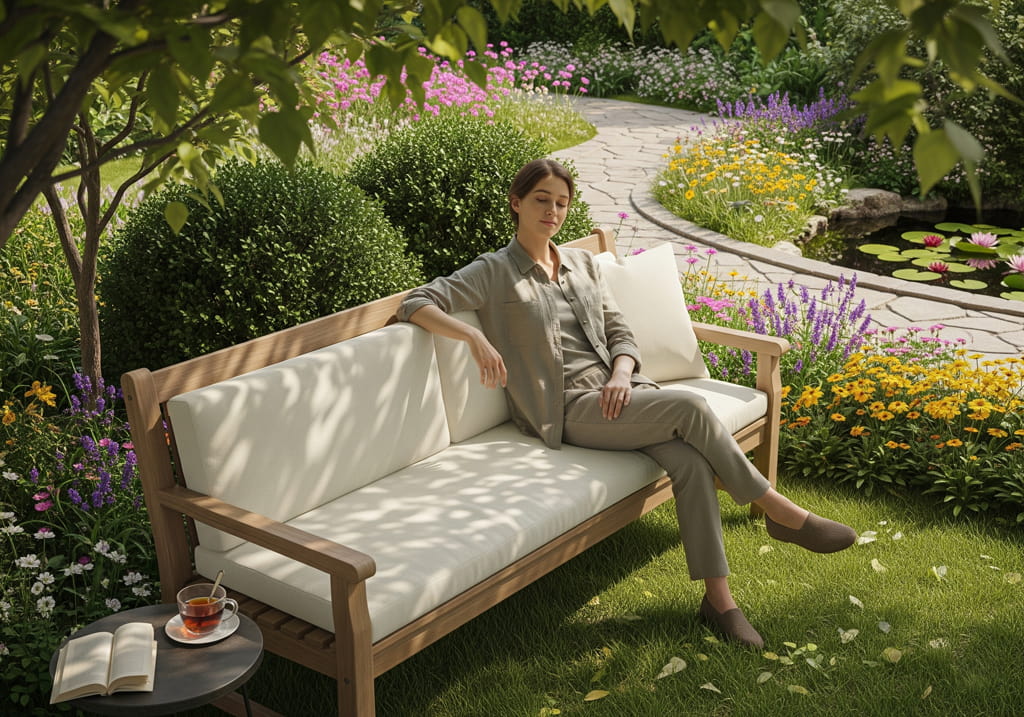
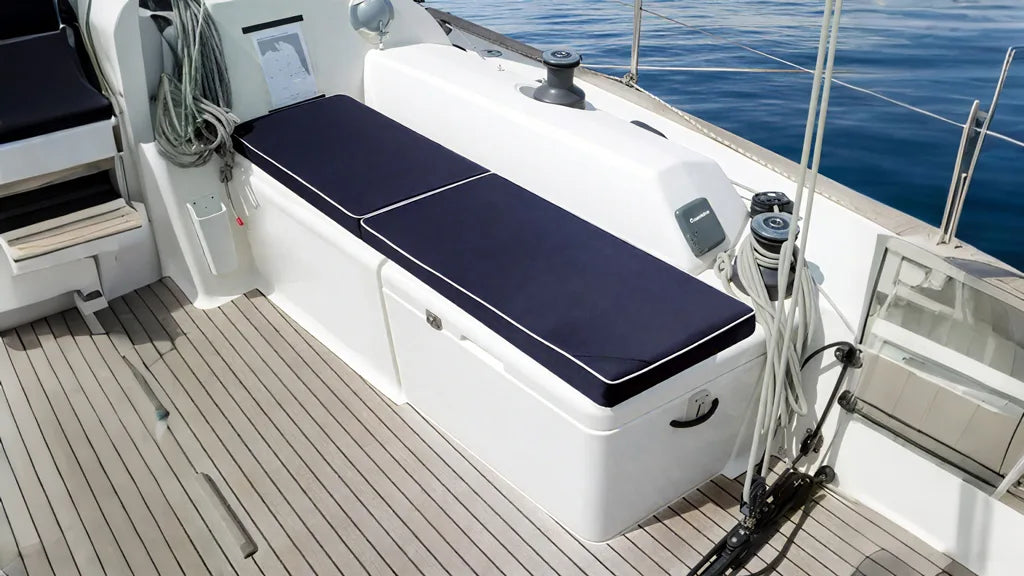
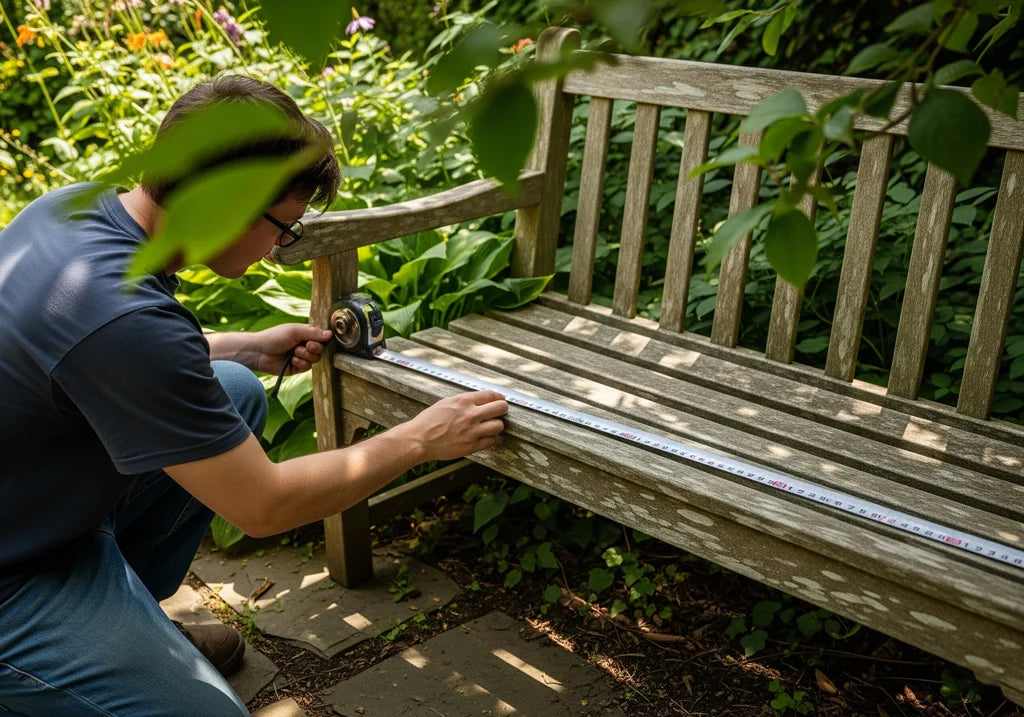
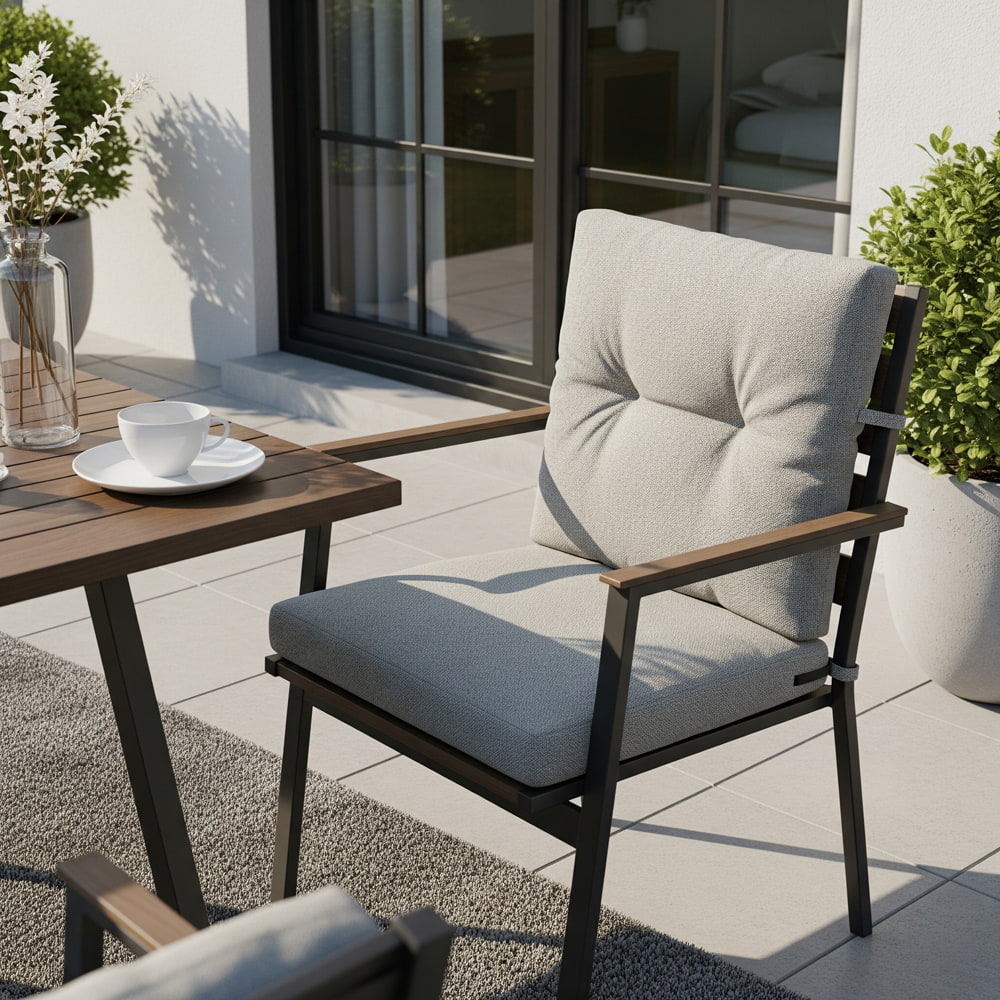
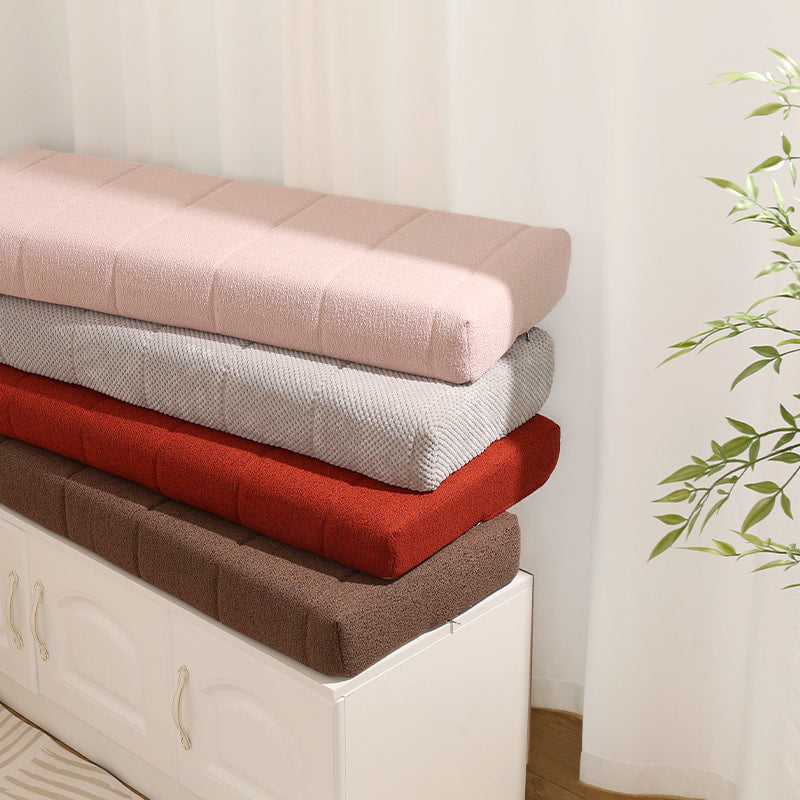
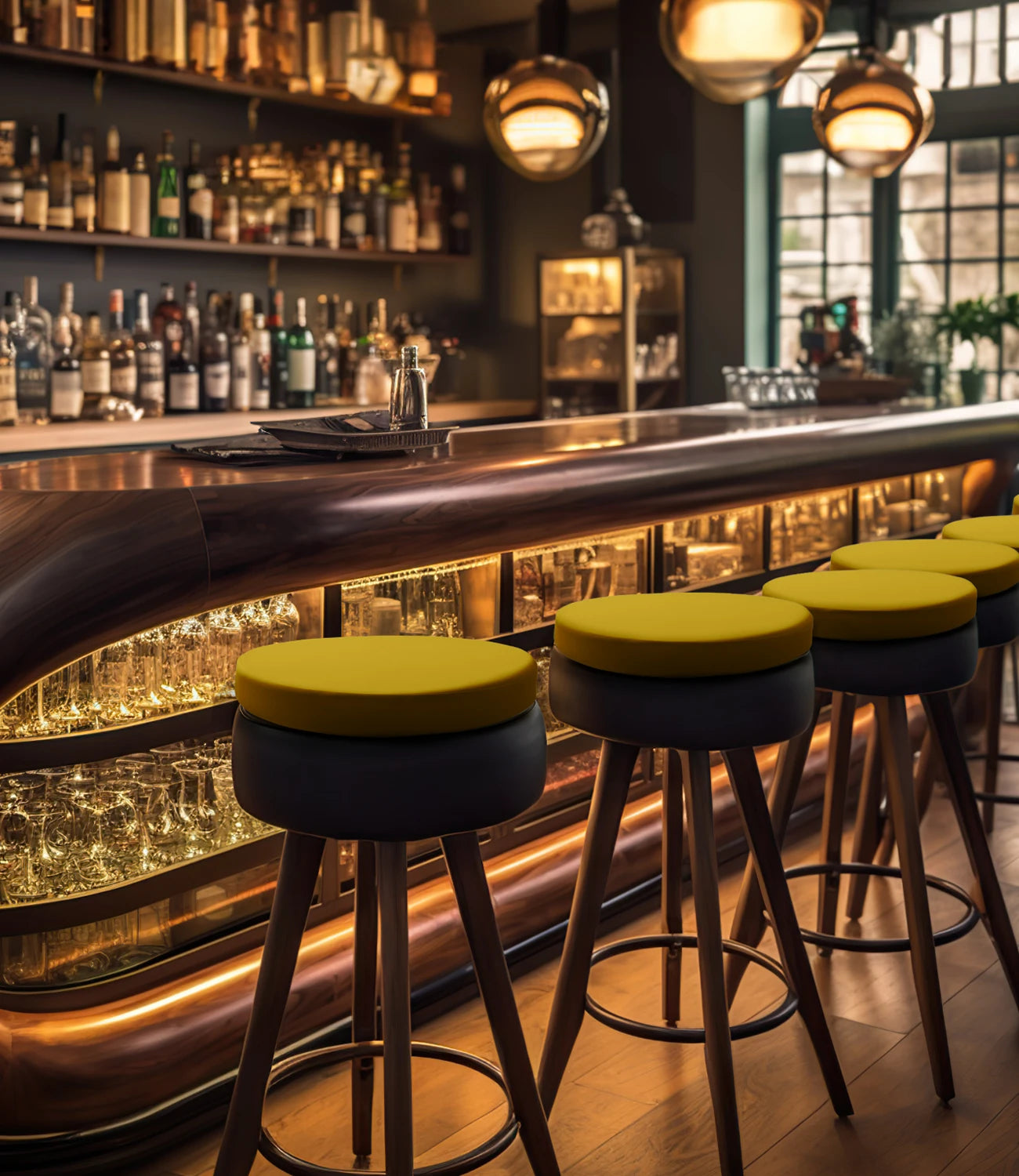
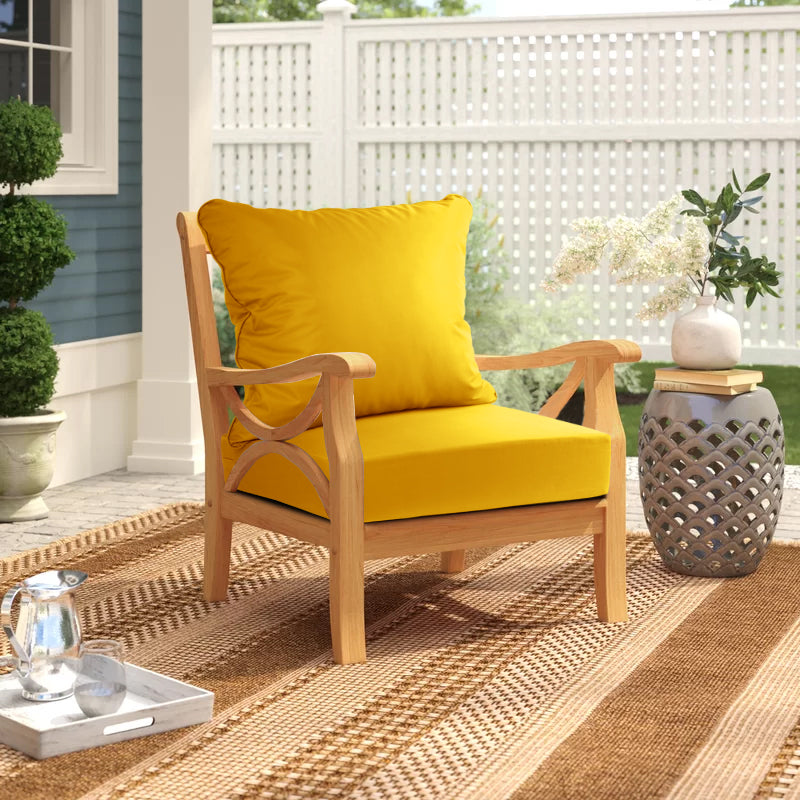
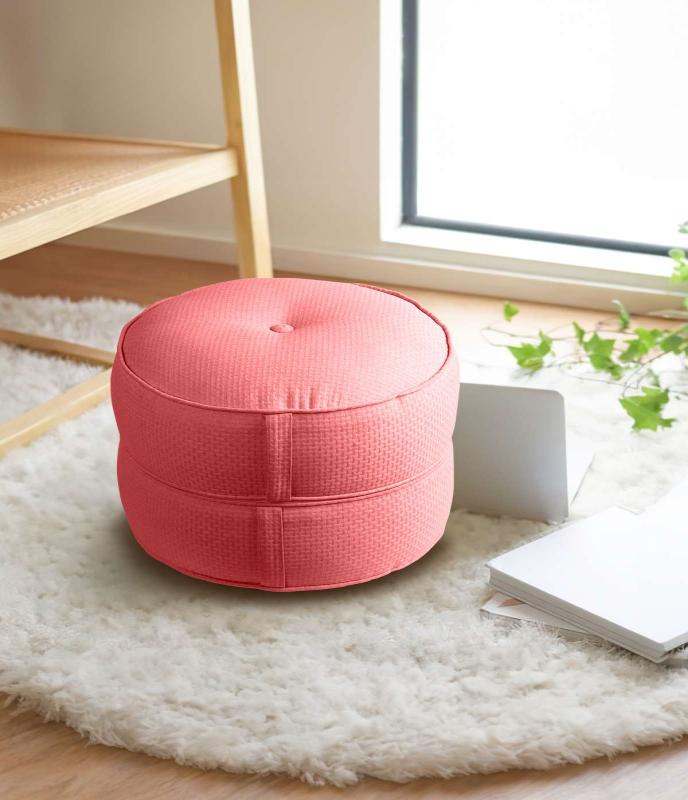
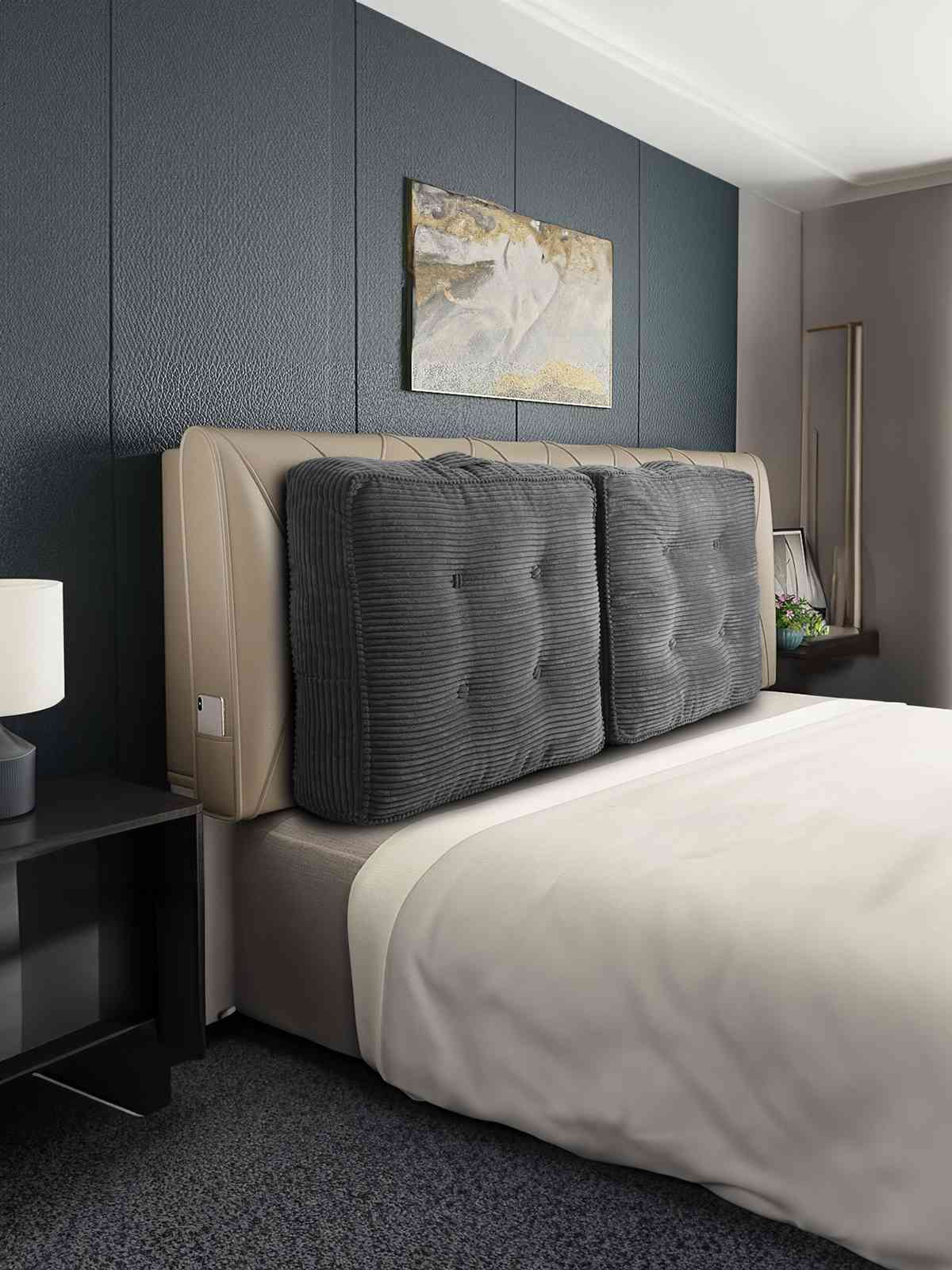
Leave a comment
All comments are moderated before being published.
This site is protected by hCaptcha and the hCaptcha Privacy Policy and Terms of Service apply.